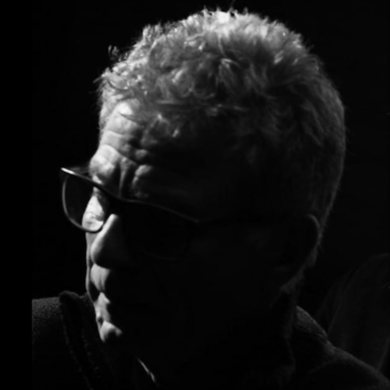Beginning with the image of a cloud Tachyonic Field Integrity is a conceptualisation and a composition for meditation which if entered into aligns the mind in terms of the analogue, the digital, the quantum and the tachyonic states and through this contemplative act the mind begins to move from the mid-brain frontal lobe interpretative mind, through the contemplative mid-brain where intuition begins, through to the hindbrain - The hindbrain includes the upper part of the spinal cord, the brain stem, and the wrinkled ball of tissue called the cerebellum. The hindbrain controls the body's vital functions such as respiration and heart rate. The cerebellum coordinates movement and is involved in learned movements - and the assimilation of consciousness performed in all three areas of the material mind are then co-ordinated together to begin to allow imagination with intent - which magicians of all ages have asserted is possible with the correct training. Magic itself was the province of the analogue and material world with the added factor of heightened imagination. So this moving image work “Tachyonic Field Integrity” is what magicians call ‘a Sigil’ - when you can materialise this sigil in your mind then you can achieve anything - baring in mind that the preparation to achieve the state demolishes all bad intentions.
And if you need further info on the Cloud of Unknowynge (old English) - NB: The theme of a passing cloud of ignorance (as opposed to the heavenly and eternal truth of God beyond the cloud) had appeared briefly in the Confessions of Saint Augustine written around 398 AD. Later The Cloud of Unknowing as an idea that we have an ignorance purposely pulled across our minds to keep us safe draws on the mystical tradition of Pseudo-Dionysius the Areopagite and Christian Neoplatonism, which focuses on the “via negativa” road to discovering God as a pure entity, beyond any capacity of mental conception and so without any definitive image or form. This tradition has reputedly inspired generations of mystics, from John Scotts, Nicholas of Cause and John of the Cross.



